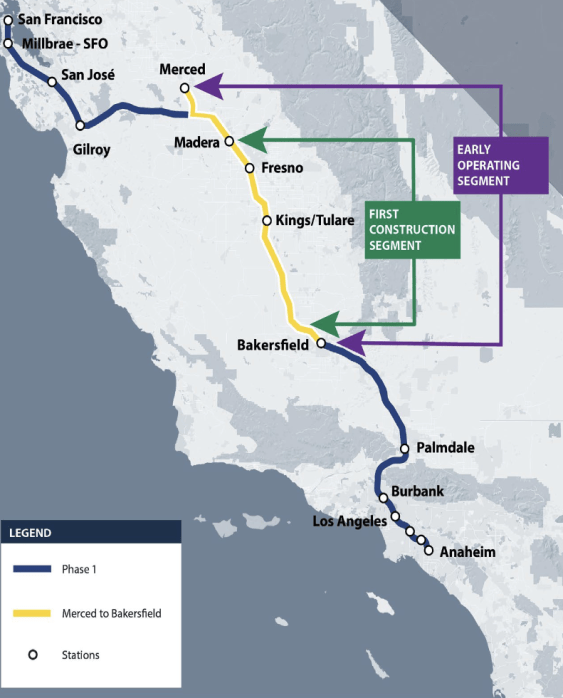Market/Octavia Debate: Safety by Numbers or Safety in Numbers?
11:46 AM PST on January 23, 2009
 A blue bike lane in Copenhagen.
A blue bike lane in Copenhagen.Though Superior Court Judge Peter J. Busch ruled the MTA will not get an immediate exemption to the bike injunction to remove the eastbound segment of the bike lane at Market and Octavia because he didn’t think an “adequate case has been made that there's a public safety crisis,” when the hold on the bike plan is lifted as early as this spring, the agency will likely try to remove the lane anyway.
So will the changes improve safety for bicyclists? That answer depends on how you look at it and highlights a recurring international debate among transportation engineers and cycling advocacy groups: Are segregated bicycle lanes safer for cyclists than shared lanes?
The MTA argues its plan will increase safety, citing among other examples a report from Copenhagen, Denmark, which details equivalent lane markings to the current Market/Octavia design and the proposed design (PDF, pg 30):
One type continues all the way up to the intersection, the other type stops at a distance from the intersection. Experience shows that the shortened type of cycle track results in the fewest casualties, whereas cyclists feel more secure on the type that continues all the way up to the intersection. Both types may be supplemented with a blue marked crossing, which significantly improves safety.
While acknowledging that the MTA’s efforts to improve safety at the intersection have reduced illegal right turns from more than thirty-per-hour in 2005, when the Central Freeway first touched down at Market Street, to less than one per hour currently (PDF, pg 335), traffic engineer Jack Fleck is convinced that it can be better:
I can’t accept a situation where we have one intersection with 15 collisions In 3 years, all of the same type, and no other intersection with more than 4 collisions in that same time (actually Masonic and Fell had 8, but we took steps to fix that).
Andy Thornley, the program director at the SFBC, concedes there is an inherent conflict at intersections that is difficult to mitigate, but believes the MTA’s reasoning is myopically focused on a single intervention that ultimately punishes cyclists for the illegal actions of motorists. Thornley argues that by making cycling feel safer and more enjoyable, the number of bicyclists will increase, which has a proven effect on overall cyclist safety, commonly referred to as the “safety-in-numbers” effect.
Citing the same report from Copenhagen (pg 15-16):
If the number of trips cycled per day on major roads is compared to police registered changes in serious [injuries] and deaths, it will be seen that over the past 10 years there has been a decrease of 40-percent in the number of serious cyclist [injuries] while at the same time the number of trips cycled has increased by 25-percent. Thus risk has been reduced with 50%. This effect is partially attributable to improvements in the cyclists’ traffic environment during the course of this period.
The MTA may try to go ahead and remove a portion of the bike lane at Market/Octavia once the injunction is lifted but the political attitude leans against it. Supervisor Bevan Defty has called for a hearing on the issue before the San Francisco Transportation Authority and other elected officials, including Supervisors David Campos and Ross Mirkarimi, and State Senator Mark Leno and Assemblyman Tom Ammiano are opposed.
Flickr photo: blafond
Stay in touch
Sign up for our free newsletter




